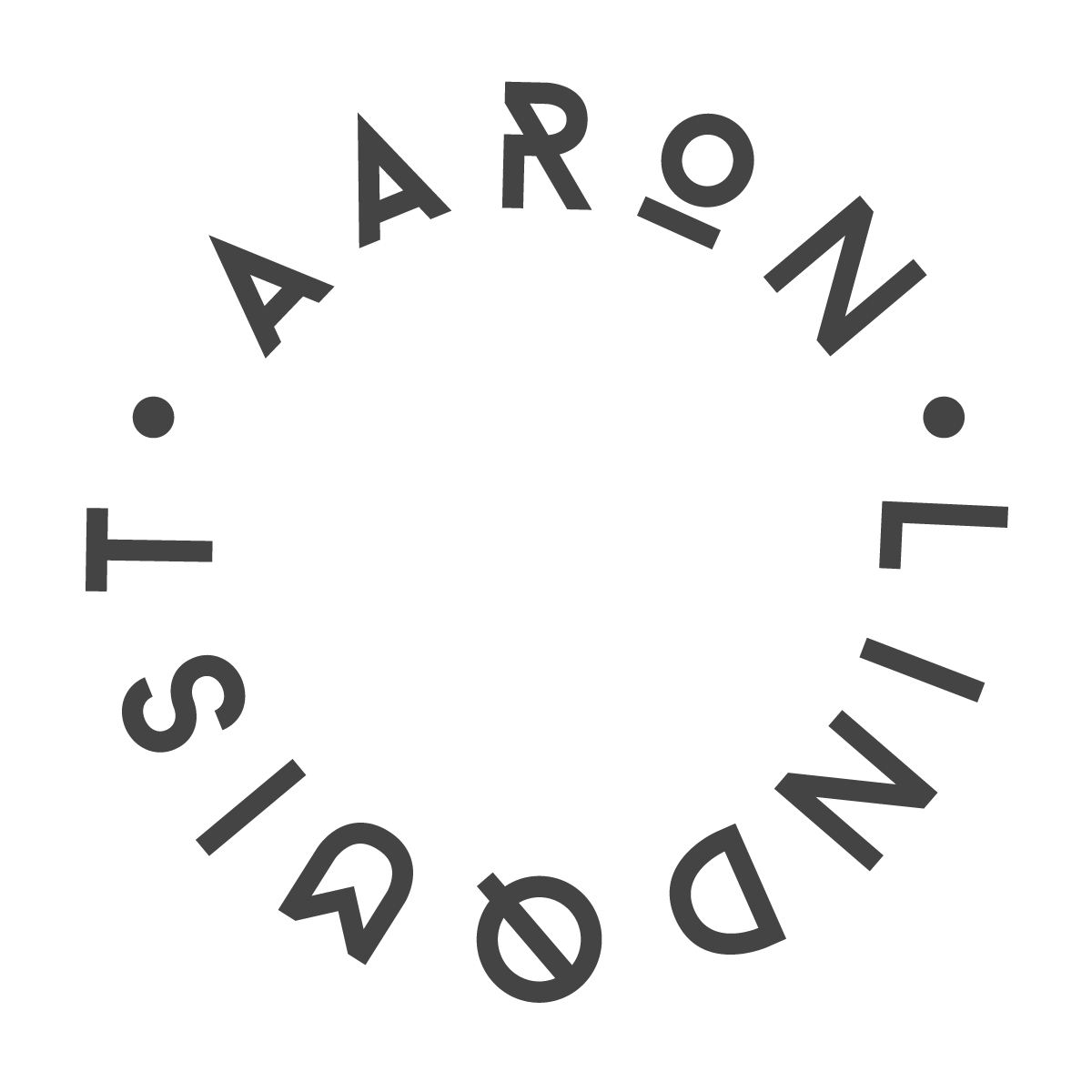Breathless (1960)
Raoul Coutard (on camera) and Jean-Luc Godard (on right) rehearse the scene with Jean-Paul Belmondo and Jean Seberg.
I watched Breathless for the first time last night. I had intended to see it for the last ten years, but I could never find the right moment. As I thought about it this morning, it occurred to me how pedestrian the first cut of the film must have been. I've read somewhere that the cut was four hours long and Godard's famous jump-cuts are the result of him attempting to salvage the film. Necessity, it seems, is the mother of all invention. He must have been scared to death when he made that decision. For his circumstances, however, it worked. Luck smiled on him.
Jean-Paul Belmondo as Michel Poiccard.
I can see Godard's eye in the film. It's there in the insert shots. Every close up of a book or a graphic is him. There is nothing remarkable about the film. Perhaps that is why it's taken me so long to see it. The plot and the acting are nothing special. However, the confluence of the time, the place, and that the entire movie was shot with a handheld camera on Ilford film stock, make it unique.
Breaking rules: every shot was hand-held, with little or no artificial lighting. Godard's documentary approach has been so imitated since that it's almost forgotten what an affront it was to cinematic formalism at the time.
I think one of the aspects of Godard no one ever mentions is his ability to record time and turn it into the sublime. He seems to understand that nothing special goes into the process of making a film. If we're honest with ourselves, we're collecting death. Every moment we record has passed once we've captured it. We're remote viewing it when we look back on it. The idea that what is passed is already different than now means that the action itself of making films creates a unique work of art. It doesn't require special effects or groundbreaking lighting and camerawork to draw us in.




